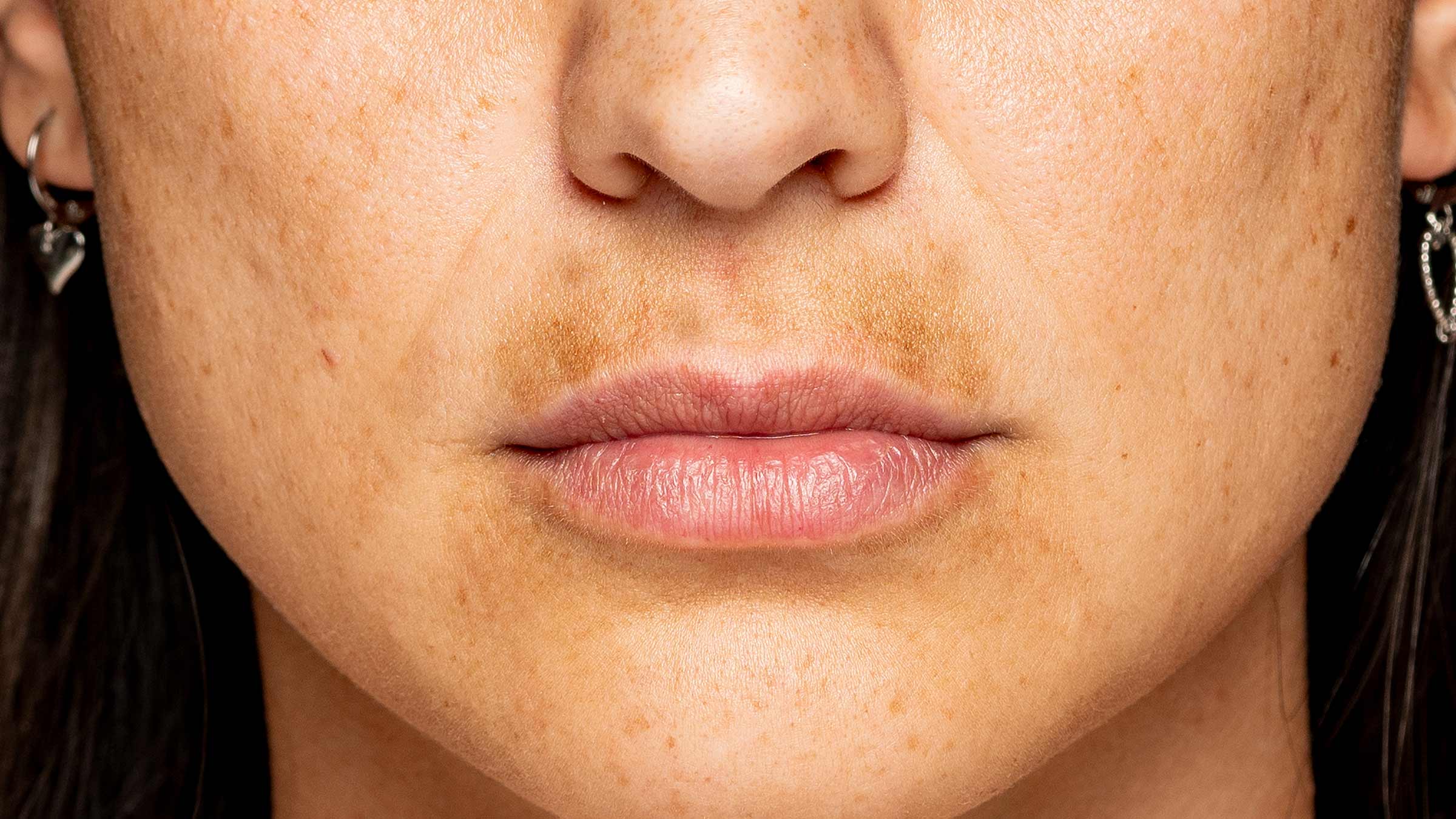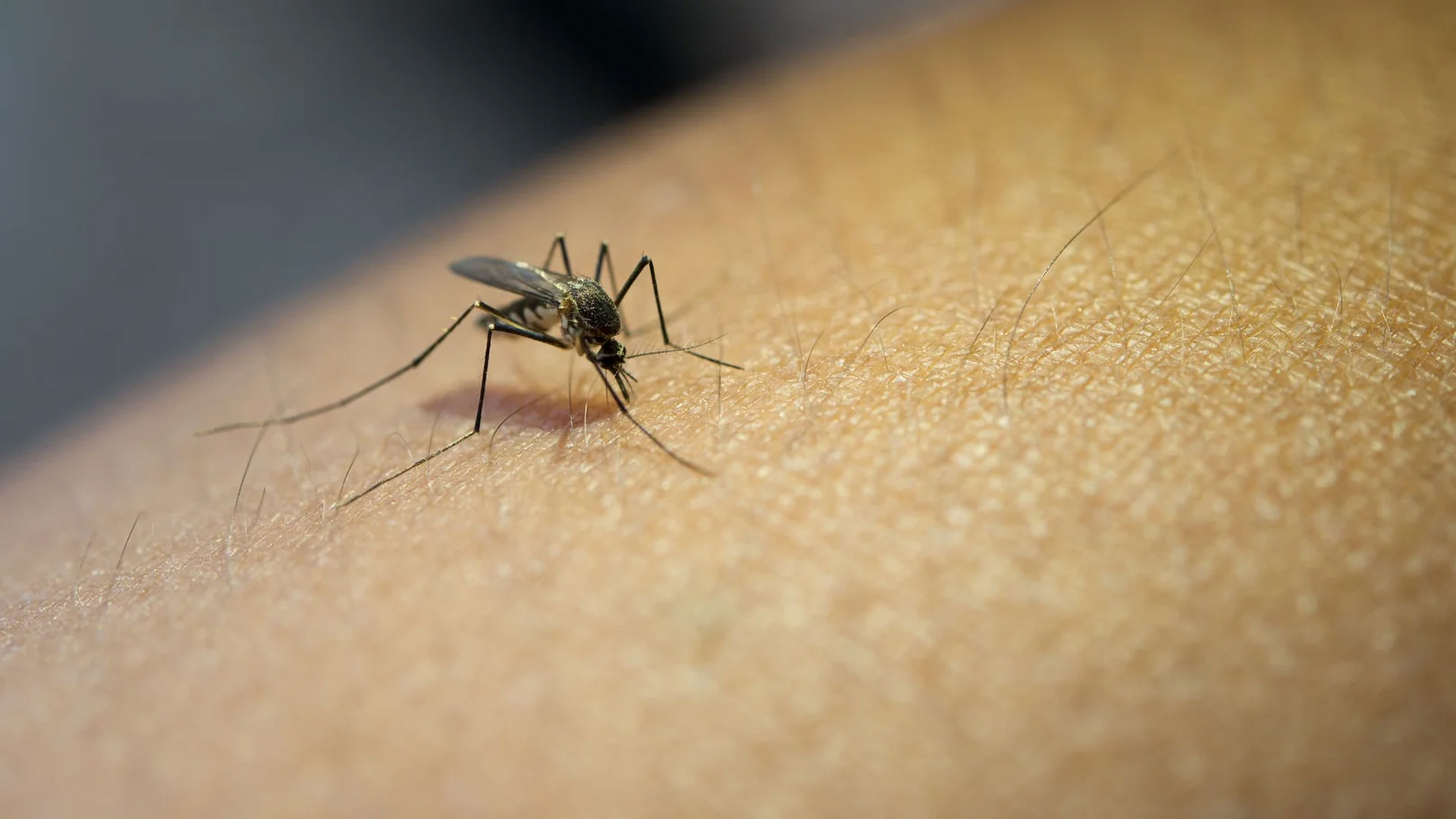
The skin is made up of three layers. The outer layer is the epidermis, the middle one is the dermis, and the deepest layer is the subcutis. It is the largest organ in the body, making up about one-seventh of the total body weight. Your skin acts as a barrier that protects internal organs from sunlight, cold, germs, physical trauma, and injury. It also helps regulate body temperature.
Melasma is a common skin disorder. Loosely translated, the term means "black spot." Melasma appears as light to dark brown and/or blue-grey patches on the skin, which may appear as flat patches or freckle-like spots. Commonly affected areas include the face, cheeks, upper lip, forehead, nose, and chin. The forearms, neck, back, and arms may also be affected. Melasma is sometimes called the "mask of pregnancy" because it often affects pregnant women. Another, less common, name for melasma is chloasma.
Melasma typically darkens or lightens over time, often worsening in the summer and improving in the winter. Although this disorder is completely harmless, it may affect patients' self-confidence and significantly impact their quality of life due to its visibility.
The cause of melasma is complex. The pigmentation results from the overproduction of melanin, the pigment responsible for photoprotection, by melanocytes. This melanin is then transferred to keratinocytes, the main epidermal cells, and/or stored in dermal cells.
There are three types of melasma:
Epidermal melasma: Appears as well-defined dark brown patches, and treatment usually has a good response.
Dermal melasma: Appears as ill-defined patches with a light brown to blue-grey color, which responds poorly to traditional treatment.
Mixed melasma: The most common type, characterized by a combination of blue-grey, light, or dark brown colors, with treatment typically showing partial improvement.
Family history: 60% of reported cases have a familial pattern.
Sun exposure: Ultraviolet and visible light promote melanin production.
Hormones: Pregnancy, contraceptive use, intrauterine devices, implants, and other hormone replacement therapies contribute to one-quarter of affected women.
Polycystic ovary syndrome
Thyroid disorders
Liver dysfunction
Certain medications, such as new cancer therapies
Post-inflammatory hyperpigmentation
Drug-induced hyperpigmentation
Solar lentigo
Some congenital nevi, such as Ota nevus or Hori nevus
Some acquired dermal macular hyperpigmentation
A combination of measures is generally required.
Year-round, lifelong sun protection: This includes wearing broad-brimmed hats and using broad-spectrum sunscreens with a high protection factor (SPF 50+).
If possible, discontinue hormonal contraception.
A combination of hydroquinone, tretinoin, and moderate-potency steroids is one of the most successful formulations, improving 60% to 80% of cases. Other topical agents, used alone or more commonly in combination, include:
Azelaic acid
Kojic acid
Ascorbic acid
Soybean extract
Oral therapy is currently under investigation.
Chemical peels, lasers, and microneedling can be used with caution, as these procedures carry the risk of post-inflammatory hyperpigmentation.
Melasma can be frustrating to treat for both the patient and the physician. It responds slowly to treatment, especially if it has been present for a long time. Patience and perseverance are required for good results. Even in those who achieve a good response to treatment, pigmentation may reappear if exposed to risk factors.
Chen Y, et al., Exposure factors in the occurrence and development of melasma (Review). (2024).
Ogbechie-Godec OA and Elbuluk N, Melasma: an Up-to-Date Comprehensive Review. (2017).















